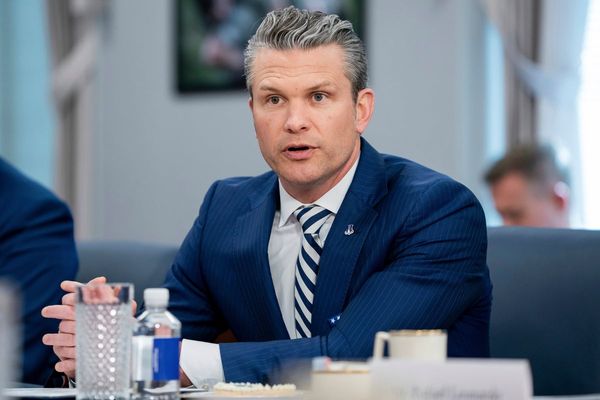Walkability is often an intuitive concept. If cities, small towns, or neighborhoods are built with activity-friendly routes that connect people to everyday destinations, that’s a “walkable” community. This is typically a local government issue, but the 2021 Infrastructure Investment and Jobs Act allocated $6.1 billion for walkable communities.
What is walkability and why does it matter?
The National Highway Transportation Safety Board encourages people to assess the walkability of their neighborhoods through a self-assessment checklist. Questions include:
- Did you have room to walk?
- Was it easy to cross streets?
- Did drivers behave well?
- Was your walk pleasant?
The Environmental Protection Agency’s National Walkability Index provides an additional framework. It scores places from most to least walkable based on the density of intersecting streets, a mix of occupied housing and businesses, and proximity to transit stops. By these metrics, cities tend to be more walkable than rural or suburban places.
The Centers for Disease Control and Prevention (CDC) promotes regular walking and physical activity as ways to contribute to overall health, stating that they decrease the risk of heart disease, cancer, and diabetes. Walking can also improve community safety, the local economy, and air quality.
Get facts first
Unbiased, data-driven insights in your inbox each week
You are signed up for the facts!
What planning, design, and construction choices affect walkability?
The CDC frames walkability as everyday destinations plus activity-friendly routes, the latter of which are shaped by safety. How pedestrians share space with — and have space apart from — cars influences how walkable a place feels. Features that affect walkability include:
- Narrower streets that reduce vehicle speeds and shorten crosswalks.
- Sidewalks or paved shoulders that create separation from cars.
- Intersections or other infrastructure that make road crossings safer. In 2021, 74% of pedestrian fatalities occurred at non-intersections.
Learn more about pedestrian safety and what can be done to enhance it.
What has the federal government spent on walkability?
Funding for walkability typically comes from local or state sources. However, the 2021 Bipartisan Infrastructure Law (BIL) — or the Infrastructure Investment and Jobs Act — funds Transportation Department programs that improve walkability. The BIL allocates nearly $840 billion to almost 400 federal programs.
Within the BIL, $6.1 billion is allocated to programs that, among other things, promote walkability improvements.[1]
The Safe Streets and Roads for All (SS4A) program
This is the largest of the programs, providing $5 billion through FY 2026 to local, regional, and tribal entities via annual competitive grants. SS4A funds support existing programs designed to achieve zero roadway deaths, commonly known as Vision Zero or Safe System approaches.
The program funds projects that add sidewalks, crosswalks, lights, pedestrian refuge islands, and signal improvements, among other enhancements.
SS4A provides planning and demonstration grants as well as implementation grants. Planning and demonstration grants support the development of comprehensive safety action plans, which identify hazards and potential solutions. Implementation grants fund projects that address these identified hazards.
The Reconnecting Communities Pilot program
This pilot program provides $1 billion until the money is spent in annual competitive grants for the planning and construction of projects that reconnect communities by modifying, removing, or mitigating the effects of existing transportation infrastructure. These projects vary by community, but all address community connectivity, which often means pedestrian-centric improvements.
The first round of projects for FY 2022 allocated $185 million to six construction projects and 39 planning grants nationwide. One example project comes from Tampa, Florida. Highway construction divided this community in 1951. This project aims to reconnect downtown to the waterfront by modifying existing infrastructure and adding new pedestrian and bike routes.
State and Metropolitan Planning Complete Streets programs
State and metropolitan planning organizations receive $2.4 billion in BIL money through formula grants that fund multimodal transportation planning. Of this, a minimum of 2.5% — or $61 million — is earmarked for mandatory planning for additional safe and accessible multimodal transportation.
What’s next for these walkability programs?
These programs have moved out of the budgeting and planning phases and are now distributing funds.
- The SS4A program has spent 34% of its $5 billion through FY 2023. It will distribute the remainder through FY 2026.
- The FY 2022 Reconnecting Communities Pilot projects, announced in February 2023, spent 19% of the $1 billion. Award announcements will continue through FY 2026.
Learn more about traffic accident data, and get data directly in your inbox by signing up for our newsletter.
[1] These programs may also provide grants to project types beyond walkability improvements, like adding roadway departure treatments to address single-car accidents that primarily injure drivers (see the Fayette County, Iowa implementation grant description for example).







